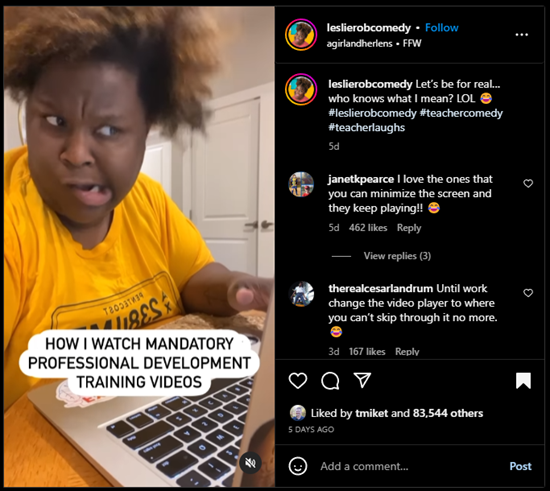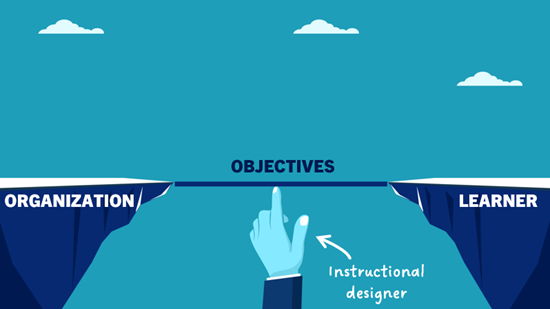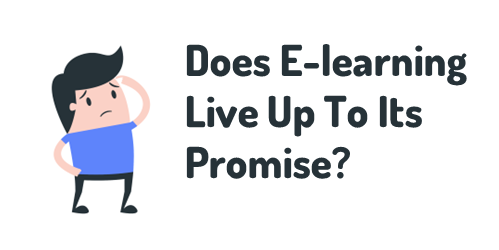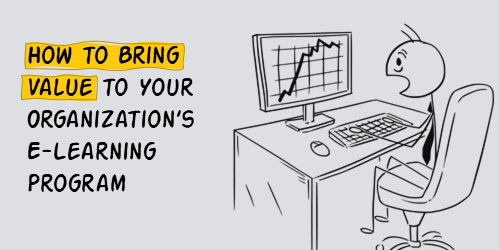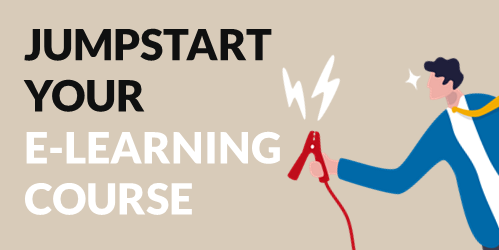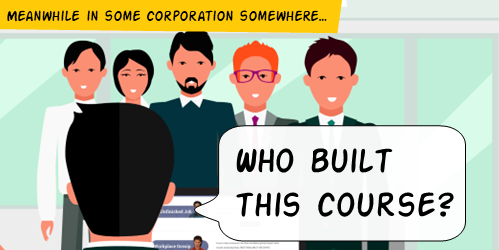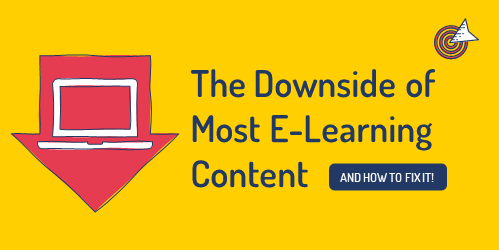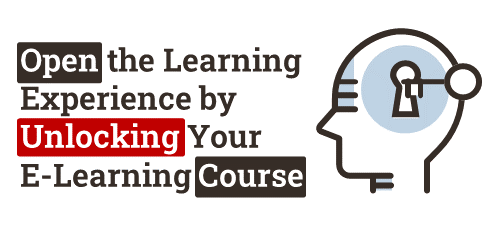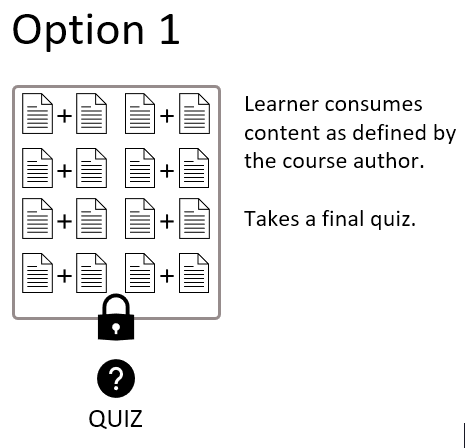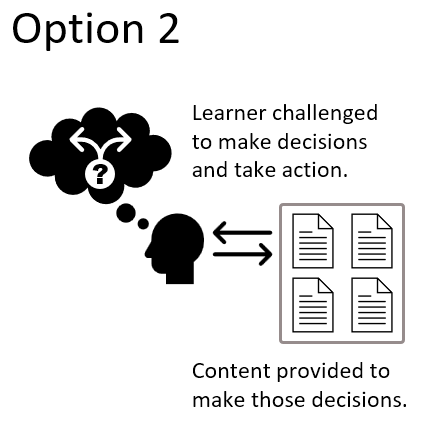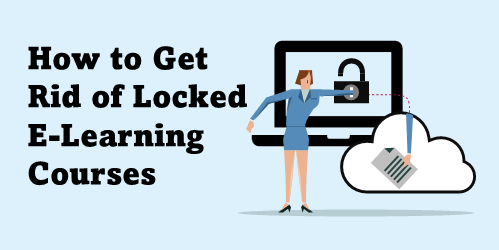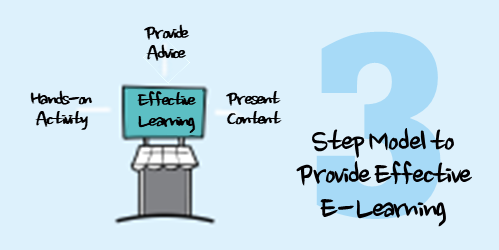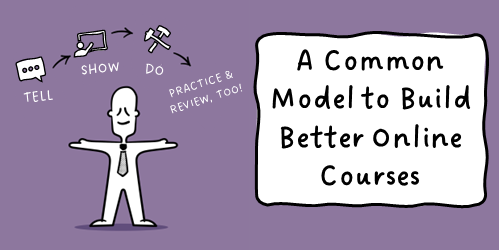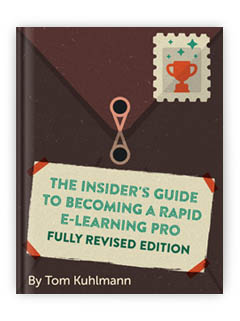This is Funny Because E-Learning’s Broken
April 18th, 2023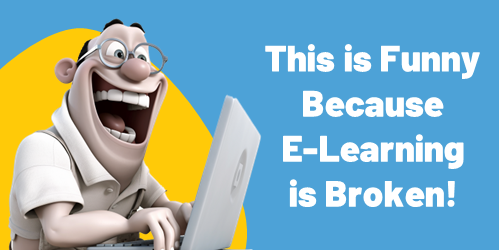
I saw this video clip the other day on Instagram about how comedian and teacher, Leslie Robinson, views mandatory training videos.
It’s funny and it’s true!
What’s even better are the comments like this one:
“I had 7 of those to watch one day, tried watching them on different browser windows simultaneously, but no luck, those developers outsmarted me.”
“Yeah, they’re messing up our learning process” 🤣
Click here to view on Instagram.
The comments are loaded with good feedback that is so true to many e-learning courses and online training.
- Complaints about locked navigation
- Tips to not click complete until you meet a minimum time requirement
- Irrelevant information
- Stupid questions in the middle to get past the locked navigation
Here’s the deal. We all recognize that there’s something broken with e-learning. We’ve probably had to make these courses and also take them.
So what’s the solution?
Create Better E-Learning
Here are four tips to prime the pump:
- Show your clients this video and tell them they don’t want that or they’re wasting the organization’s time and money.
- Face the facts. Sometimes you can’t get past this type of training. It’s what the client wants. In that case, build the best and quickest course possible.
- Focus on the learner. Make the content more relevant to their needs. What will they learn? Why is it important?
- Get rid of locked navigation and find better ways to make the course more engaging.
What would you add this list?
Events
- Everyday. Check out the weekly training webinars to learn more about Rise, Storyline, and instructional design.
Free E-Learning Resources
 |
 |
 |
|
Want to learn more? Check out these articles and free resources in the community. |
Here’s a great job board for e-learning, instructional design, and training jobs |
Participate in the weekly e-learning challenges to sharpen your skills |
 |
 |
 |
|
Get your free PowerPoint templates and free graphics & stock images. |
Lots of cool e-learning examples to check out and find inspiration. |
Getting Started? This e-learning 101 series and the free e-books will help. |
